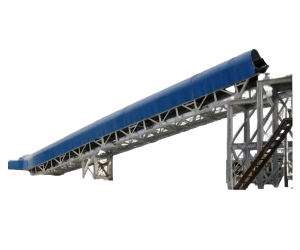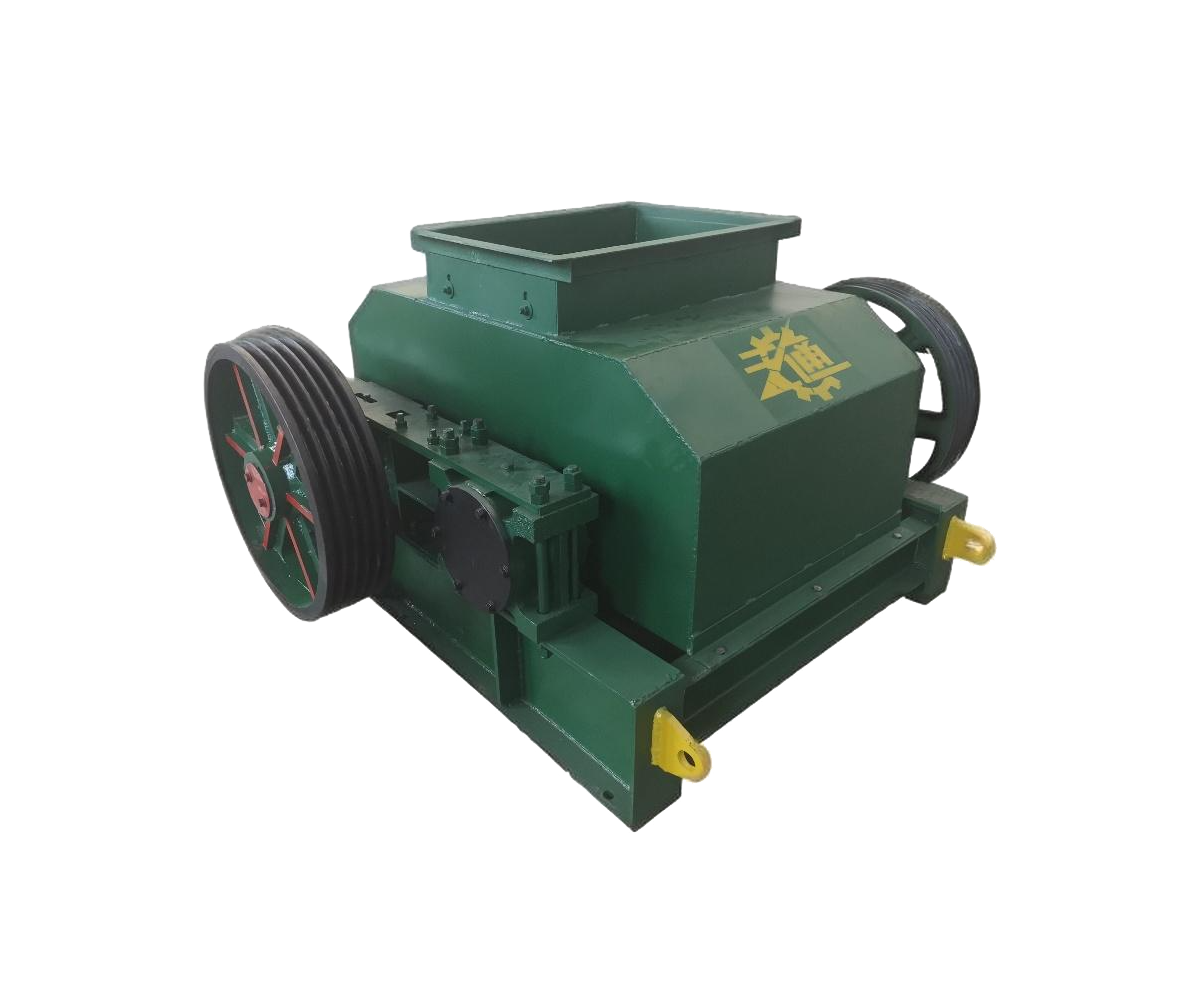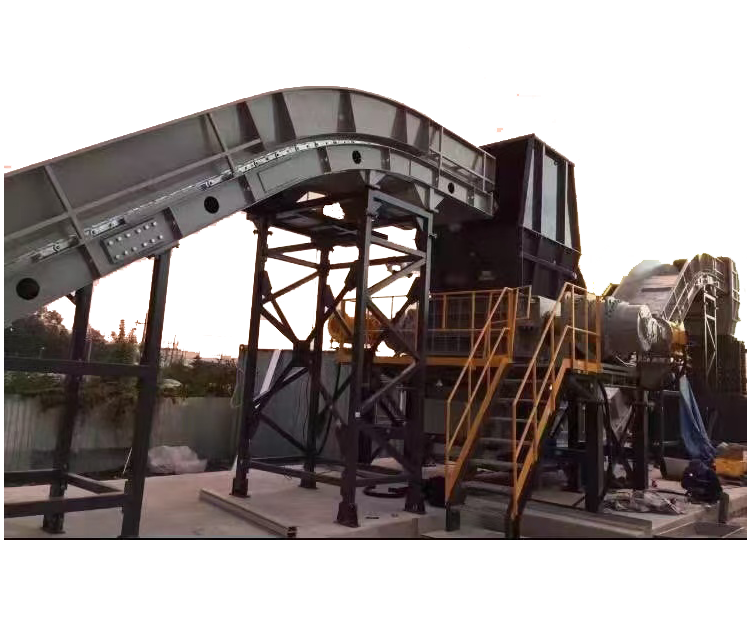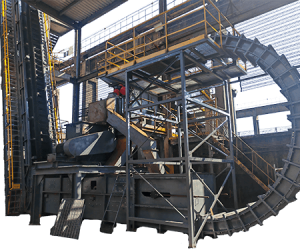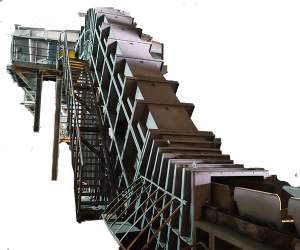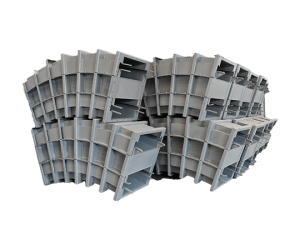Roller Screens
Heavy-duty rotating shaft screen for preliminary separation of hard materials.
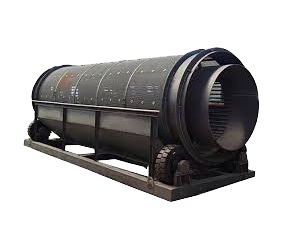
Product Overview
Roller Screens are heavy-duty screening systems engineered for the primary classification of hard, abrasive materials such as ores, quarried stones, demolition waste, and recycled concrete. Designed to withstand extreme impact loads and harsh operating conditions, these screens serve as the first line of separation in mining, aggregate processing, and construction waste recycling. Their rotating shaft mechanism efficiently segregates oversized particles while minimizing jamming risks, aligning with GB/T standards for structural integrity and operational reliability.Key Features & Benefits
- Heavy-Duty Shaft Design
- Rotating shafts with forged steel cores (per GB/T 24856) and replaceable wear sleeves ensure longevity in abrasive environments.
- Shaft spacing adjustable between 50–300 mm to accommodate varying particle sizes.
- Impact-Resistant Construction
- Frame fabricated from high-strength steel plates (Q345B, compliant with GB/T 24857) with a minimum yield strength of 345 MPa.
- Reinforced crossbeams and side plates withstand dynamic loads up to 150 t/h.
- High-Capacity Processing
- Throughput capacity: 100–800 t/h, calculated per GB/T 36865-2018 Appendix B.1 guidelines.
- Optimized shaft rotation speed (10–30 RPM) balances material flow and separation efficiency.
- Low Maintenance
- Centralized grease lubrication system extends bearing life (L10 rating ≥60,000 hours).
- Modular shaft assemblies enable quick replacement without dismantling the entire screen.
Technical Parameters
Structural Specifications
- Screen Dimensions:
- Width: 1.5–4.0 m (customizable to match upstream crusher/conveyor outputs).
- Length: 3.0–12.0 m, with inclinations adjustable between 15°–25°.
- Shaft Assembly:
- Shaft diameter: 80–200 mm (solid steel, surface hardness ≥HRC 45).
- Wear sleeve thickness: 15–30 mm (hardox 450 or equivalent).
- Deck Construction:
- Grizzly bars or perforated plates (thickness: 10–40 mm) with apertures from 20–200 mm.
- Surface flatness tolerance: ≤2 mm/m² (GB/T 1184-M grade).
Drive System
- Motor & Transmission:
- 3-phase asynchronous motors (IE4 efficiency class), 380 V/50 Hz, power range: 7.5–75 kW.
- Chain or gear-driven shafts with torque limiters to prevent overload damage.
- Bearing Specifications:
- Spherical roller bearings (GB/T 283) with labyrinth seals, rated for temperatures up to 150°C.
- Radial clearance: ≤0.15 mm to dampen vibration.
Performance Metrics
- Material Compatibility:
- Bulk density: ≤2.8 t/m³.
- Max feed size: ≤1.5× nominal screen aperture.
- Separation Efficiency:
- ≥90% removal of oversize particles (>50 mm) in single-pass operation.
- ≤5% fines carryover to undersize stream.
- Noise Emission: ≤85 dB(A) at 1 m distance (ISO 4871 compliant).
Quality Assurance
- Material Certification:
- All structural steel components include Mill Test Certificates per GB/T 24857.
- Wear-resistant castings (e.g., shaft sleeves) comply with GB/T 24856 for impact toughness.
- Production Controls:
- Dimensional tolerances:
- Shaft parallelism: ≤1.5 mm over total length.
- Frame alignment: ≤3 mm maximum deviation.
- Non-destructive testing (NDT):
- Ultrasonic testing for critical welds (per GB/T 36865-2018 Section 6.2.8).
- Magnetic particle inspection on high-stress components.
- Dimensional tolerances:
- Testing Protocols:
- 48-hour continuous operation test under 120% design load to validate bearing temperatures (<80°C) and power consumption.
- Impact resistance test: 500 cycles of 50 kg steel ball drops from 2 m height.
Applications
- Primary Industries:
- Mining: Scalping blasted ore prior to primary crushing.
- Aggregate Production: Removing oversize rocks from limestone or granite feed.
- Recycling: Pre-screening construction debris (concrete, asphalt) for material recovery.
- Operational Scenarios:
- Protection of downstream crushers from oversized tramp metal.
- Separation of cohesive clay-bound aggregates in wet conditions.
Competitive Advantages
- GB/T-Compliant Durability: Rigorous adherence to national standards ensures compatibility with other GB/T-certified processing equipment.
- Adaptable Configuration:
- Bolt-on side plates for aperture adjustment without welding.
- Optional hydraulic lifting system for rapid deck maintenance.
- Cost Efficiency:
- Reduced energy consumption (≤0.15 kWh/t) vs. traditional vibrating screens.
- Interchangeable wear parts sourced from domestic suppliers (lead time ≤7 days).
Engineered to endure the toughest material challenges, our Roller Screens deliver unmatched reliability in primary screening applications. Contact our engineering team to configure a model optimized for your material hardness, throughput, and site constraints.

